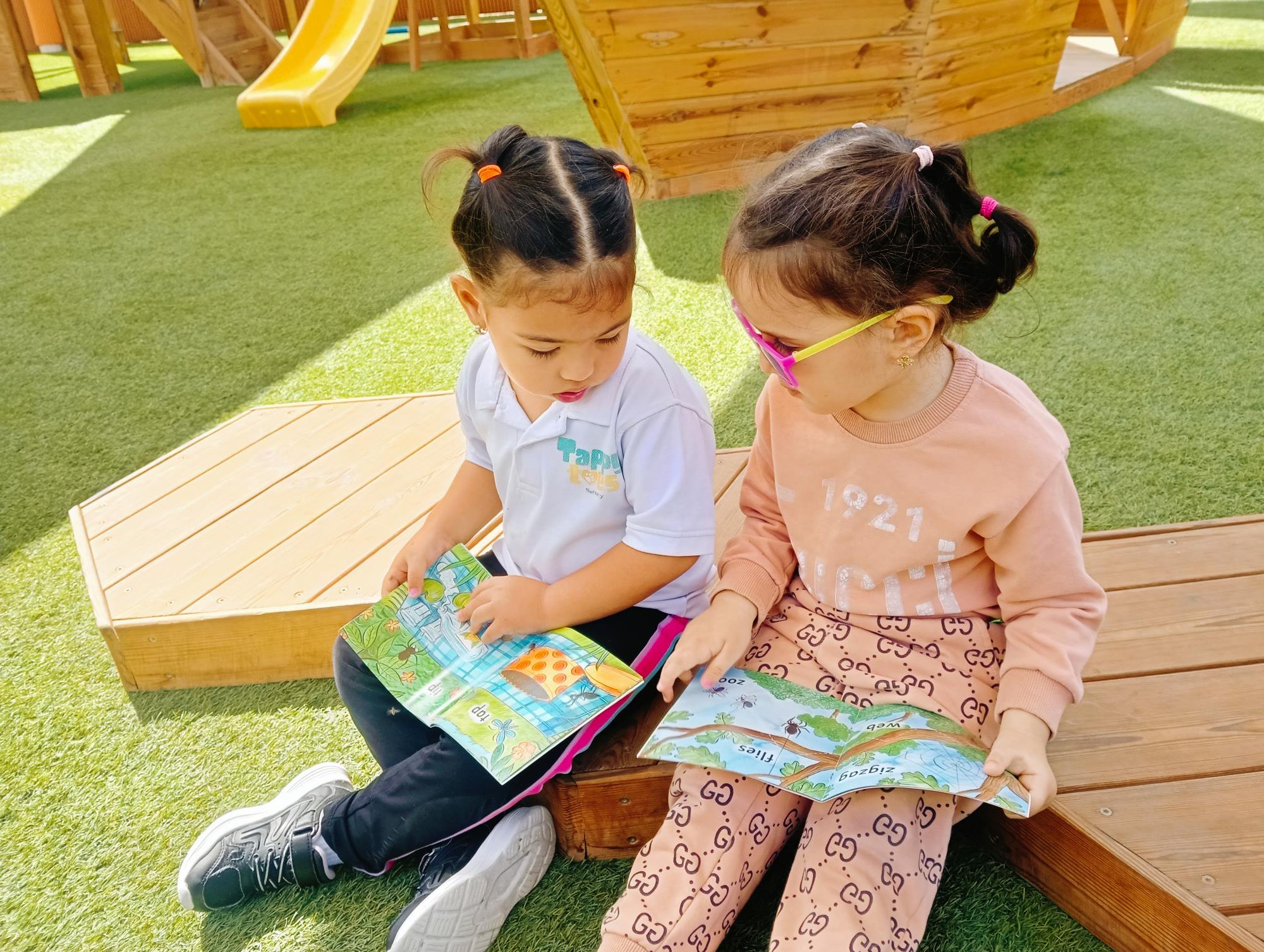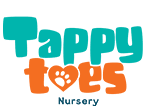
Why Bilingual Education Matters Before Age 5
Children under the age of five are in a unique phase of development. Their brains are rapidly forming connections that lay the foundation for thinking, learning, and communicating. Among the most impactful experiences during this time is learning more than one language. Yet, many still ask, does it really matter to start bilingual education this early?
The answer is yes. And the benefits go far beyond simply speaking two languages.
What is bilingual education in early childhood?
Bilingual education in early childhood means supporting children to learn and use two languages during their foundational years, typically before age five. At this stage, the brain is highly adaptable and can absorb new languages with ease. Unlike older children or adults, toddlers and preschoolers can process two languages naturally, often without confusion.
This approach isn’t just about language. It builds pathways in the brain that affect memory, attention, and emotional development.
Why is early years bilingual learning so powerful?
Bilingual learning before the age of five supports more than just talking or reading in two languages. It strengthens how a child thinks, solves problems, and relates to others. According to a study published by the University of Cambridge, bilingual children often show better executive functioning skills, such as planning and focus, compared to monolingual peers.
Language is the tool children use to understand the world. When they learn two languages early, they develop stronger mental flexibility. This allows them to switch between tasks, understand different viewpoints, and handle challenges better.
What happens in the brain during early childhood language acquisition?
During the early years, the brain is especially sensitive to sounds, patterns, and grammar. This is known as the “critical period” for language learning. According to the British Council, exposing children to two languages before age five helps them form deeper neural connections, improving their ability to learn additional languages later in life.
Children who grow up with early childhood language acquisition in two languages often:
- Develop better memory
- Show stronger listening skills
- Have a clearer understanding of how language works
These benefits often continue into adulthood, supporting academic success and even protecting against cognitive decline later in life.
How does dual language education support social and emotional growth?
Children in dual language education programmes are often better at understanding other people’s emotions. They become more aware of cultural differences and can communicate more clearly in diverse settings.
A child who learns two languages from a young age is more likely to:
- Show empathy
- Adapt to new environments easily
- Build strong friendships in different cultural contexts
This early exposure creates open-minded individuals who thrive in a global society.
What are the long-term benefits of bilingualism in preschool?
Starting bilingual education in preschool gives children a head start. Research from the University of Oxford shows that children who learn more than one language perform better in tasks involving focus, working memory, and problem-solving.
The benefits of bilingualism in preschool include:
- Higher academic achievement
- Stronger cognitive abilities
- Greater career opportunities in the future
- A lifelong appreciation for languages and cultures
These are not just advantages in the classroom, they are life skills.
How does language development in toddlers respond to bilingual settings?
When toddlers hear two languages consistently, they don’t get confused. Instead, their brains start forming patterns for both. With the right support from parents and educators, they begin to understand when and how to use each language appropriately.
In a bilingual nursery in Dubai, for example, toddlers can hear English and Arabic in natural, everyday settings. This helps them build vocabulary, ask questions, and express themselves confidently in both languages.
Why Choose Tappy Toes Nursery for Bilingual Learning?
At Tappy Toes Nursery, we understand how powerful these early years are for language development. That’s why we offer a bilingual environment where children learn English and Arabic with ease and joy.
Here’s what makes us the ideal choice.
- British Curriculum with EYFS: Built to support both language and cognitive growth
- Certified and Qualified Educators: Our team includes CACHE-certified professionals who specialise in early childhood education
- Personalised Learning: Each child receives individual goals based on their development
- Language-rich Environment: Daily exposure to both English and Arabic supports balanced language growth
- Parental Partnership: We work closely with families to support learning at home and at nursery
With branches in Dubai South, Sharjah, Fujairah, and Bur Dubai (Karama), our nursery provides a safe, engaging space for your child to thrive in two languages.
Conclusion
Bilingual education in early childhood is not a trend, it is a powerful tool for lifelong learning and growth. Starting before the age of five allows children to absorb language naturally, build cognitive strength, and develop social confidence.
Whether you’re raising a child in a multilingual home or looking for the right start, early bilingual learning sets the foundation for future success.
At Tappy Toes Nursery, we are proud to support this journey. Our programme combines expert teaching, proven educational methods, and a bilingual setting that helps every child grow with confidence and care.
Support your child’s future. Start their bilingual journey today.

